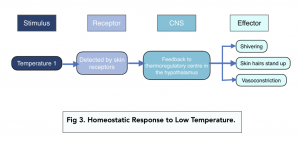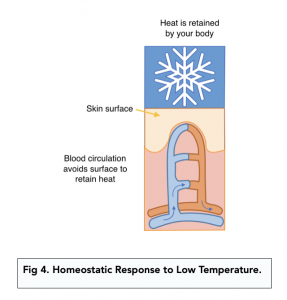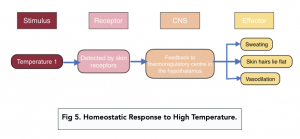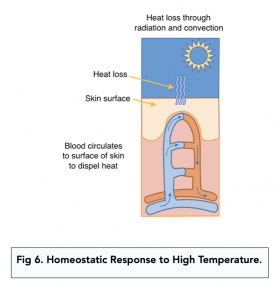Ectotherms and Endotherms (A-level Biology)
Ectotherms and Endotherms
Ectotherms
Ectotherms rely on the external environment to control their core temperature.
This involves behavioural responses.
Response to Low Temperature
- Ectotherms try to increase their core temperature. If an ectotherm is too cold, it will try to increase it’s core temperature. This can be through simple measures, such as moving into a sunny area rather than staying in a shady area.
- Ectotherms are more active in the heat. In areas that are warmer, ectotherms have higher activity levels. This is because the ectotherms do not have to conserve energy to maintain their core temperature in these areas.
Response to High Temperature
- Ectotherms try to decrease their core temperature. If an ectotherm is too hot, it will try to decrease it’s core temperature. This can be through simple measures, such as moving into a shady area rather than a sunny area.
- Ectotherms are less active in cooler conditions. In areas that are cooler, ectotherms have lower activity levels. This is due to conserving heat to maintain their core temperature in these areas.
Endotherms
Endotherms are able to produce heat through metabolic processes. This means that they have a high metabolic rate.
They do not rely on the external environment to control their core temperature.
However, they can still utilise the external environment in the same way as ectotherms (such as moving from shade to sun to increase their core temperature).
Response to Low Temperature
If temperature falls in endotherms, the following changes occur:

Body temperature response:
-
- Vasoconstriction
- Shivering
- Skin Hairs Stand Up

Response to High Temperature
If temperature rises in endotherms, the following changes occur:

Body temperature response:
-
- Vasodilation
- Sweating
- Skin Hairs Lie Flat






Still got a question? Leave a comment
Leave a comment